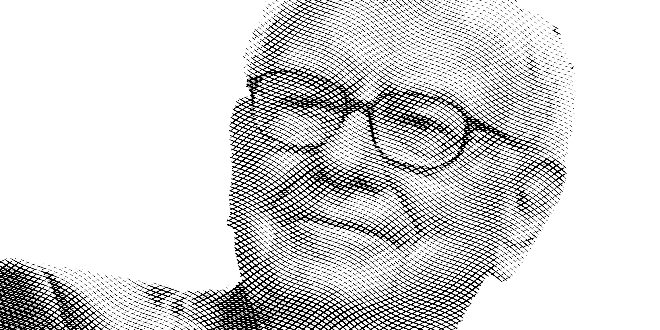by William Smead, Smead Capital Management
We have argued for years that the biggest mistake being made by Berkshire Hathaway was not giving shareholders access to the thoughts and investment discipline of their two talented stock pickers, Ted Weschler and Todd Combs. After all, Buffett calls the shareholders “partners” and has not allowed his partners to understand anything about the strategies and results of upwards of $30 billion of shareholder capital.
Thanks to Allan Sloan from The Washington Post, we have learned more about Ted Weschler from the footnotes at ProPublica and Sloan’s phone call to Mr. Weschler than we have ever learned from the Berkshire annual reports or the Berkshire Hathaway annual meetings. Where has any of this been in the Berkshire Hathaway footnotes? Weschler has made himself a centi-millionaire just from his personal investments in his Roth IRA. These funds came from converting his traditional IRA and paying a whopping $26 million in taxes to have future gains grow tax free. Here is how Sloan explained these circumstances:
I stumbled across Weschler’s investment acumen by reading the email that he sent ProPublica in response to questions about his Roth account, which was worth $264.4 million at year-end 2018, according to IRS information that ProPublica obtained.
By reading the ProPublica story, parsing Weschler’s email and doing about 15 minutes of research, I realized that unless my calculator was having a meltdown, his IRA had outperformed Berkshire stock by about 120 to 1 from 1989 through 2012, and by almost 90 to 1 from 1989 through 2018.
Sloan proceeded to contact Weschler, who was happy to demystify what he had done in his Roth IRA to amass such a fortune. Weschler explained that he had run a very concentrated portfolio with his “pedal to the metal,” much like what Buffett did back in Omaha in his limited partnerships and in the early years of running Berkshire’s capital. Here is how Weschler described his aggressive approach:
Weschler said that he kept swinging for the fences despite that whopping loss because, “One of my personal investment mantras is that there’s no such thing as a loss, it’s just an unmonetized lesson.”
Not only has Buffett not allowed Weschler and Combs to share their investment philosophy with “partners,” they have been handcuffed, to a certain extent, by the shackles of the limitations which Berkshire has put on their discipline. Here is how Weschler described the current restrictions:
“I think it is safe to say that my retirement account got a lot less attention after I joined Berkshire,” Weschler said. “For the prior 22 years, there was a direct overlap between things I was looking at for my day job and potential investment opportunities for my retirement account. Once I joined Berkshire, that simply wasn’t the case.”
For Berkshire, he looks for investments that can absorb a minimum of $500 million without giving Berkshire a stake of 10 percent or more.
This interview with The Washington Post exposes something that we wrote about in May of 2020 after the dour Berkshire Hathaway virtual meeting. Buffett should have given a massive chunk of “partner” capital to invest in the stock market fire sale which bottomed in the spring of 2020 because of the COVID-19 pandemic. Rather than drawing courage from his hired guns, who could “swing for the fences,” Buffett chose to remain in a buyer’s coma and allowed shareholders to share his PTSD from the airline business.
We argued at the time that it was a Ben Graham value buying environment and this article from The Washington Post exposes that Weschler is a great Ben Graham value buyer. However, Buffett and Munger have been preoccupied with the larger number of “partners” who have 90% of their net worth tied up in Berkshire Hathaway shares. As someone over 60 years old myself, should a public company like Berkshire be this worried about keeping rich people rich, who have never paid capital gains tax? With all the “fat pitches” in the spring of 2020 that were out there, nobody at the company was “swinging for the fences.” Fear stock market failure.
Warm regards,

William Smead
The information contained in this missive represents Smead Capital Management’s opinions, and should not be construed as personalized or individualized investment advice and are subject to change. Past performance is no guarantee of future results. Bill Smead, CIO, wrote this article. It should not be assumed that investing in any securities mentioned above will or will not be profitable. Portfolio composition is subject to change at any time and references to specific securities, industries and sectors in this letter are not recommendations to purchase or sell any particular security. Current and future portfolio holdings are subject to risk. In preparing this document, SCM has relied upon and assumed, without independent verification, the accuracy and completeness of all information available from public sources. A list of all recommendations made by Smead Capital Management within the past twelve-month period is available upon request.
©2021 Smead Capital Management, Inc. All rights reserved.
This Missive and others are available at www.smeadcap.com.















